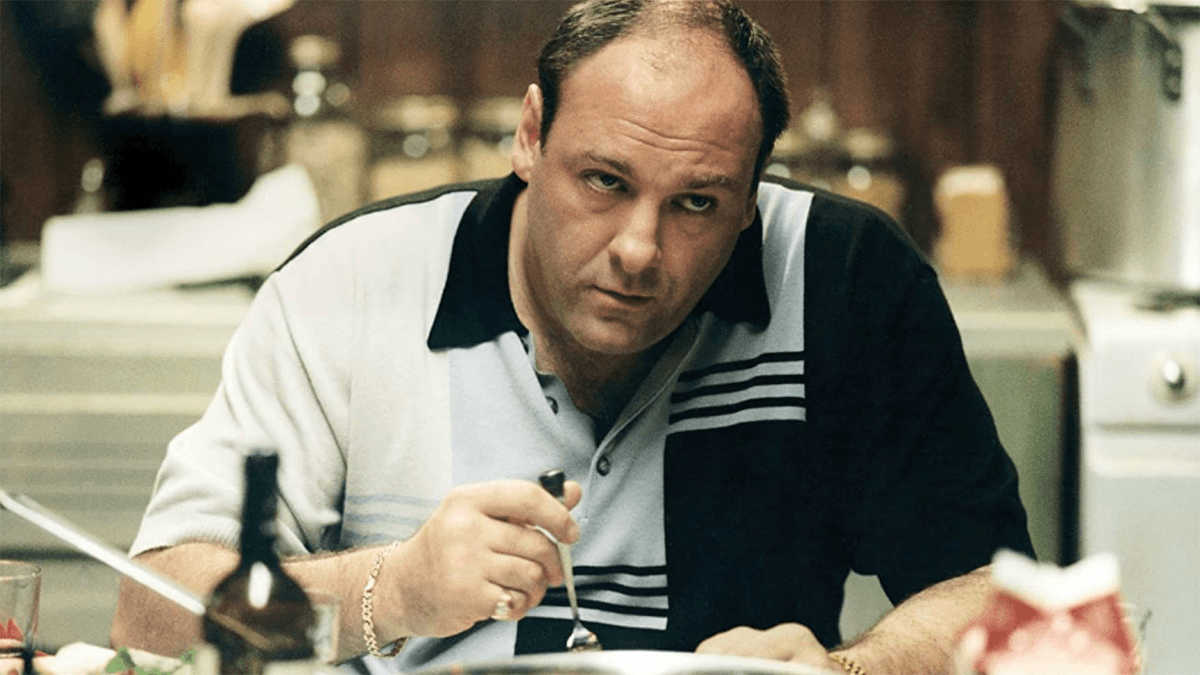The inverse hero's journey in Scarface
The narrative of Scarface (1983), directed by Brian De Palma and written by Oliver Stone, seems at first glance to be just the story of a Cuban immigrant who rises in the criminal world, when in fact it is an exercise in the inversion of the classic logic of the hero's journey, a concept established by Joseph Campbell in The Hero with a Thousand Faces.
Instead of going through trials, gaining wisdom, and returning to share knowledge with his community, Tony Montana follows a path that leads from marginalization to fleeting glory and, inevitably, to destruction. It is the inverted hero's journey, where each step of the ascent also represents a step toward downfall.
The historical context in which the film was produced helps to understand this inversion. The 1980s in the United States were marked by the hardening of immigration policies after the Mariel exodus in 1980, when thousands of Cubans arrived in Miami.
At the same time, the city was transforming into the capital of cocaine trafficking, with Colombian cartels dominating the route.
The Reagan administration promoted a discourse of prosperity, but also an environment of increasing inequality and rampant consumption. Oliver Stone, addicted to cocaine while writing the script, brought to the text this spirit of excess, constructing a narrative where addiction and violence are not just themes, but structural forces. In this scenario, Tony Montana is depicted as an allegorical figure of the distorted American dream.

If in the classic journey the hero departs from an ordinary world toward the extraordinary, Tony already starts displaced. A poor immigrant, newly arrived in Miami, dreaming of wealth and power, but without any ideal of transformation and primarily in a collective way. His call to adventure is not to save anyone or bring something to the community, but to conquer for himself what he believes is owed.
The world that rejects him for his origin and poverty is, for Tony, an obstacle that can only be overcome through violence and individual ascent, even if it means leaving people behind. The restaurant where he works as a dishwasher represents this "ordinary world" that he despises and from which he must escape at any cost.
In the hero's journey, the mentor figure guides and helps the protagonist through the challenges.
Tony, however, has no mentors in a positive sense. Frank Lopez, the drug lord who introduces him to power, is quickly discarded, killed in the name of ambition. Each relationship that should support his ascent works, in fact, as a premonition of isolation.

In heroic myths, battles shape the hero's consciousness, expanding their understanding of the world and of themselves. For Tony, each enemy defeated only reinforces his logic of brutality, the trials he faces also lack a character of learning.
The massacre at the nightclub, the murder of Lopez, the confrontation with Sosa and his men teach nothing; they merely feed the illusion that absolute power can be maintained through force. The reward, in this inverted arc, is a purposeless wealth and a throne of sand. The mansion in Miami, filled with marble, golds, and the famous globe inscribed with "The world is yours," is a symbol of this empty conquest. The very structure of the house, far from everything, expansive, with many doors and stairs, represents the castle built by the hero of the story but done in a solitary way. The most revealing element of the anti-journey is in the implosion of personal relationships. Manny, his lifelong friend, represents loyalty and partnership but is killed in a fit of paranoia. Elvira, who could have been a companion, transforms into a specter of disillusion, consumed by drugs and boredom, a symbol of a sterile marriage. Gina, the sister, is the target of an incestuous obsession that reveals not only Tony's sick jealousy but also his inability to accept any desire or autonomy other than his own. While the classic hero builds bonds and alliances, Tony dissolves all around him, becoming a solitary figure even before death.
This inversion is also expressed in how the film dialogues with the American myth. If the founding narrative of the United States is of social mobility through hard work, Scarface shows the corrupted version of the immigrant who, instead of ascending through discipline, conquers space through violence and trafficking. Tony Montana is not the admired self-made man, but his extreme caricature. His trajectory echoes the structure of the hero's journey, but each step is taken in the opposite direction; the call is driven by greed, allies are discarded, the reward is poisoned, and the return does not exist.
Scarface is a parable about the inversion of the heroic myth. Tony Montana goes through all the stages but reaches neither enlightenment nor legacy.
See others like this





